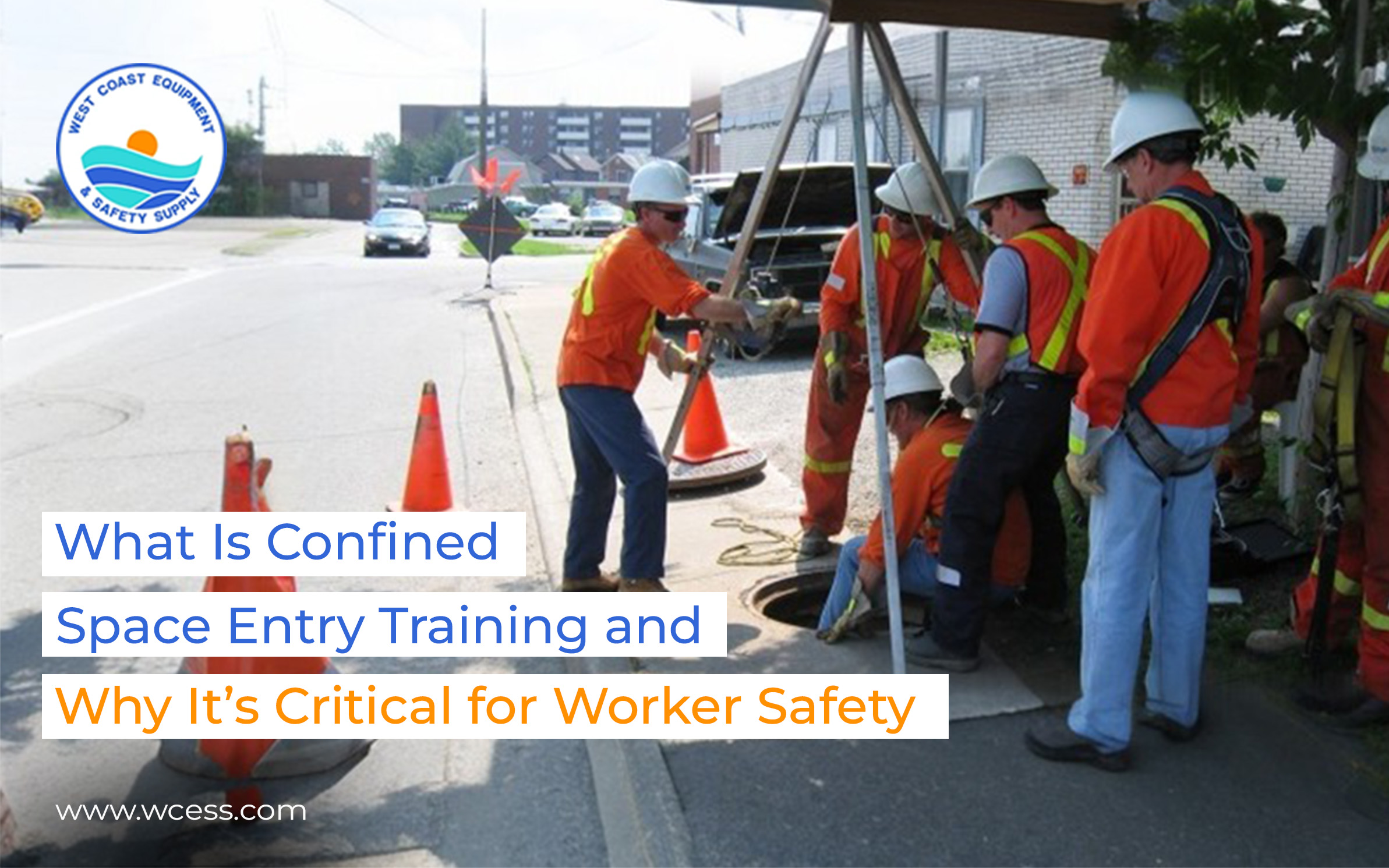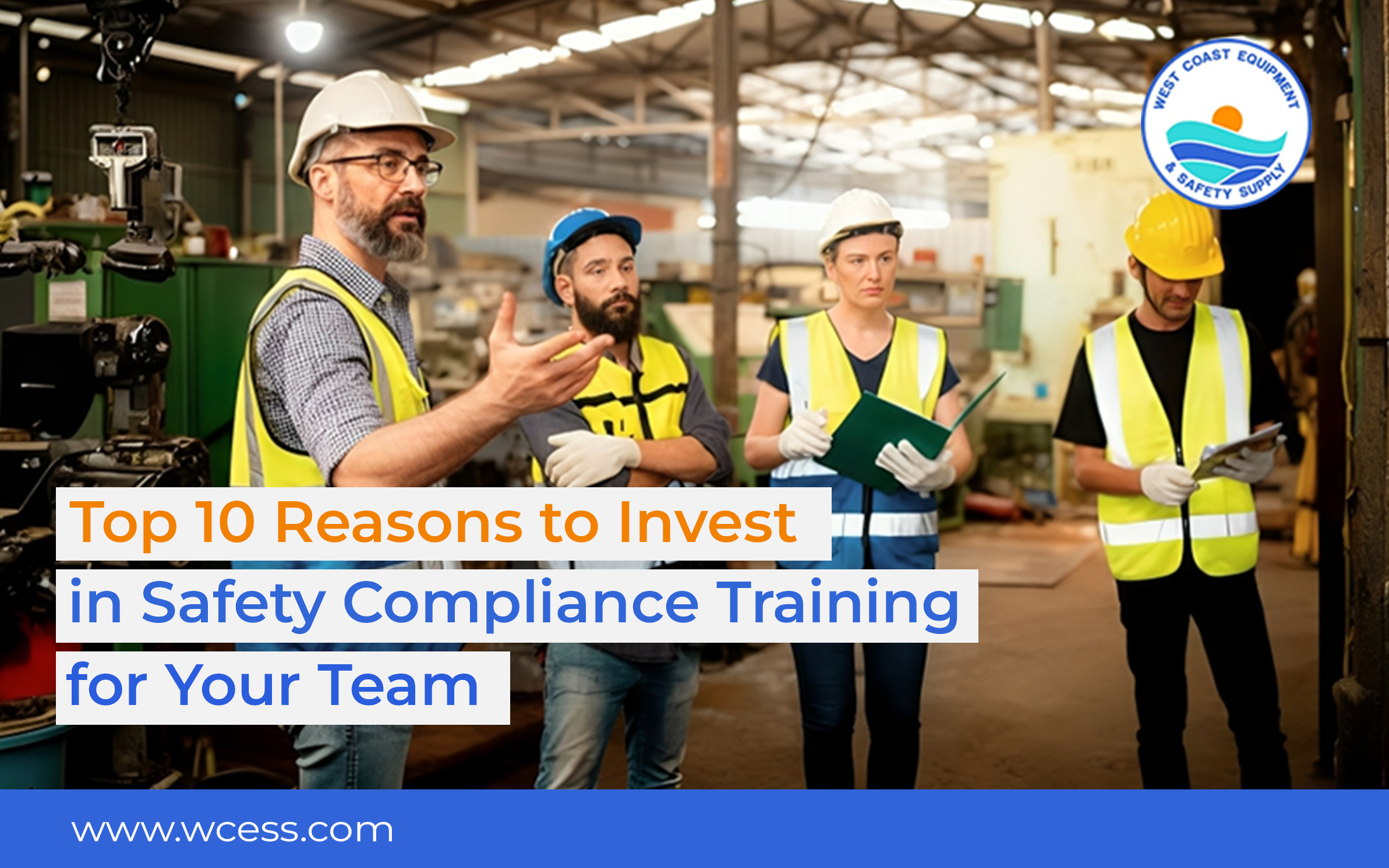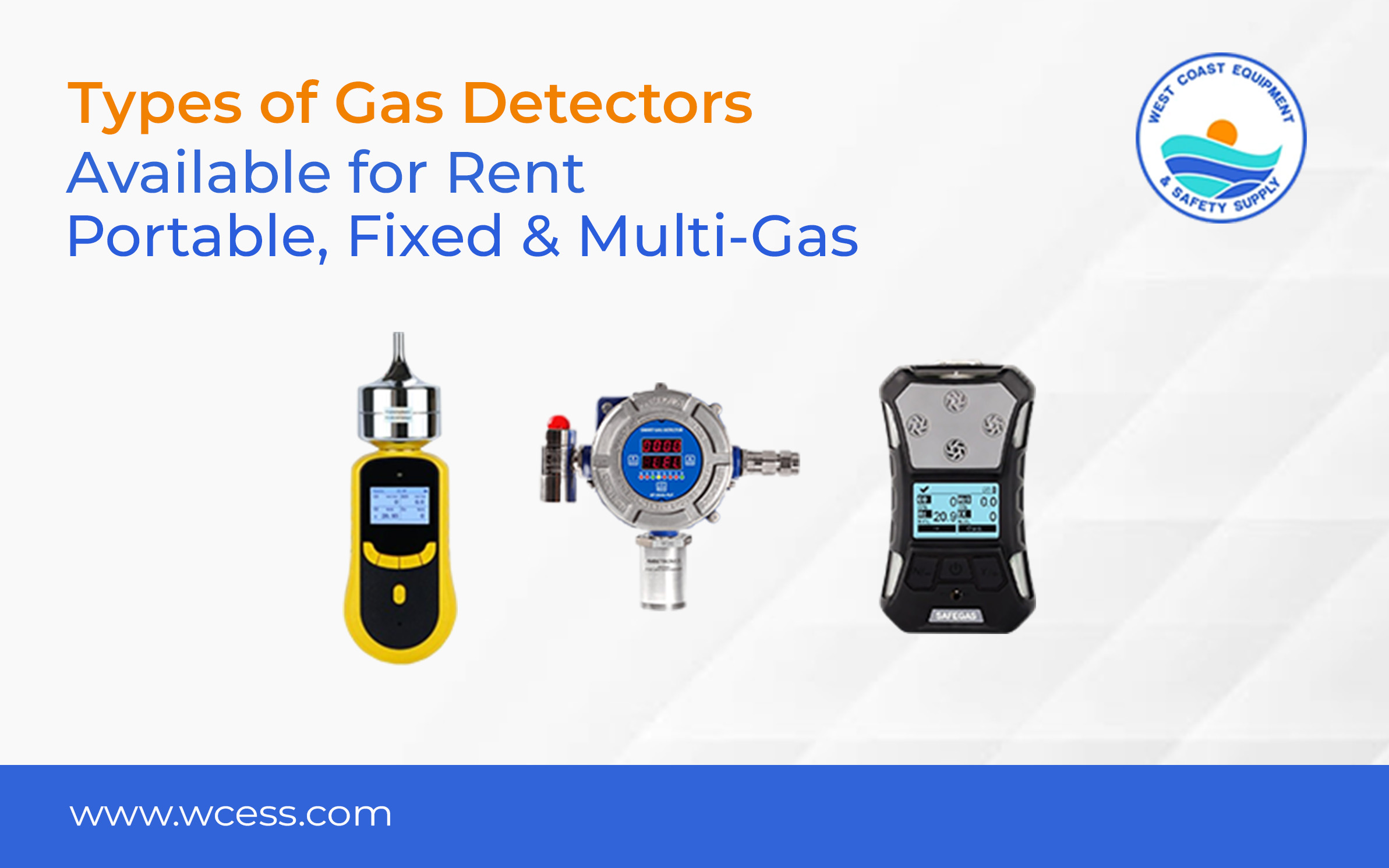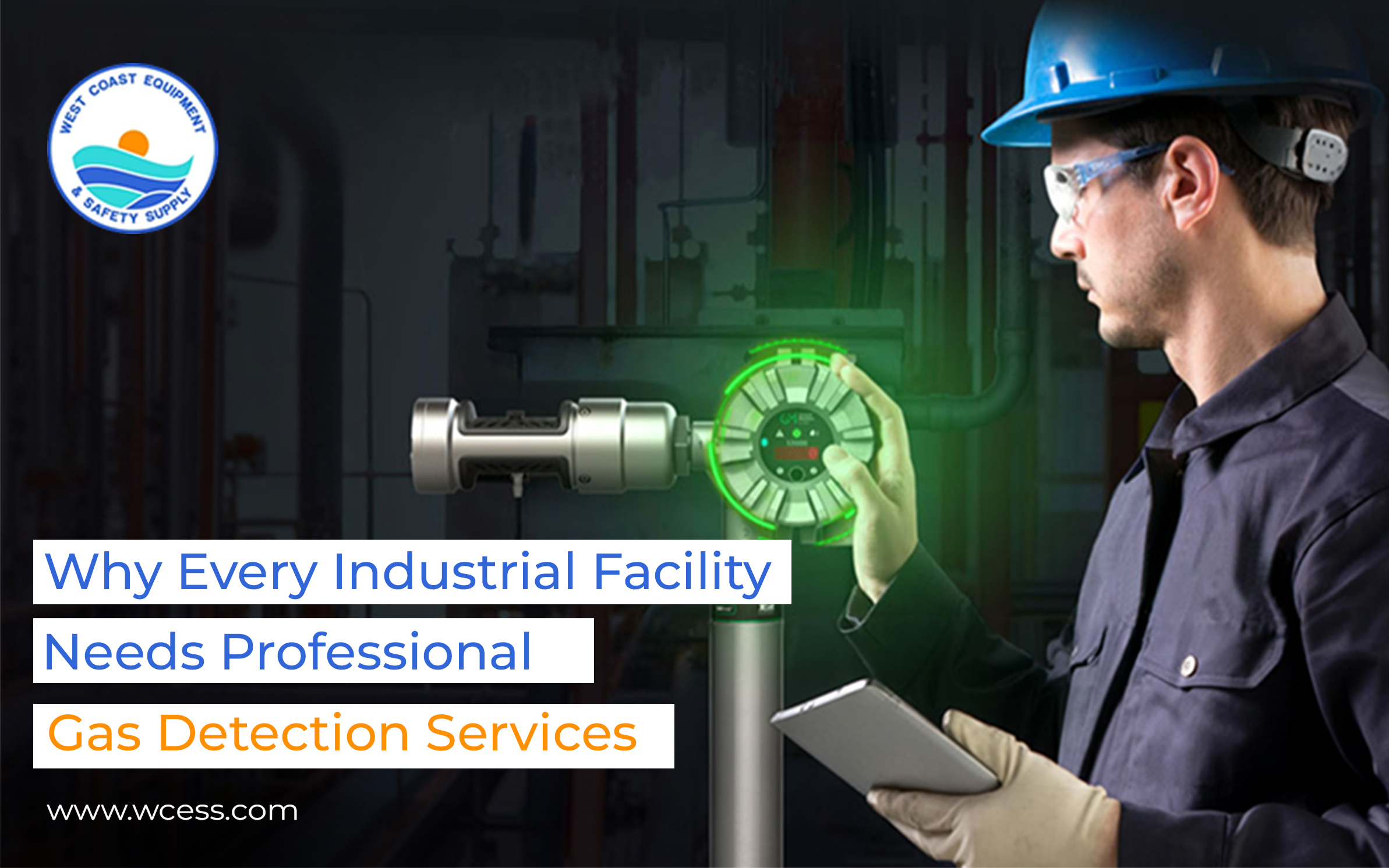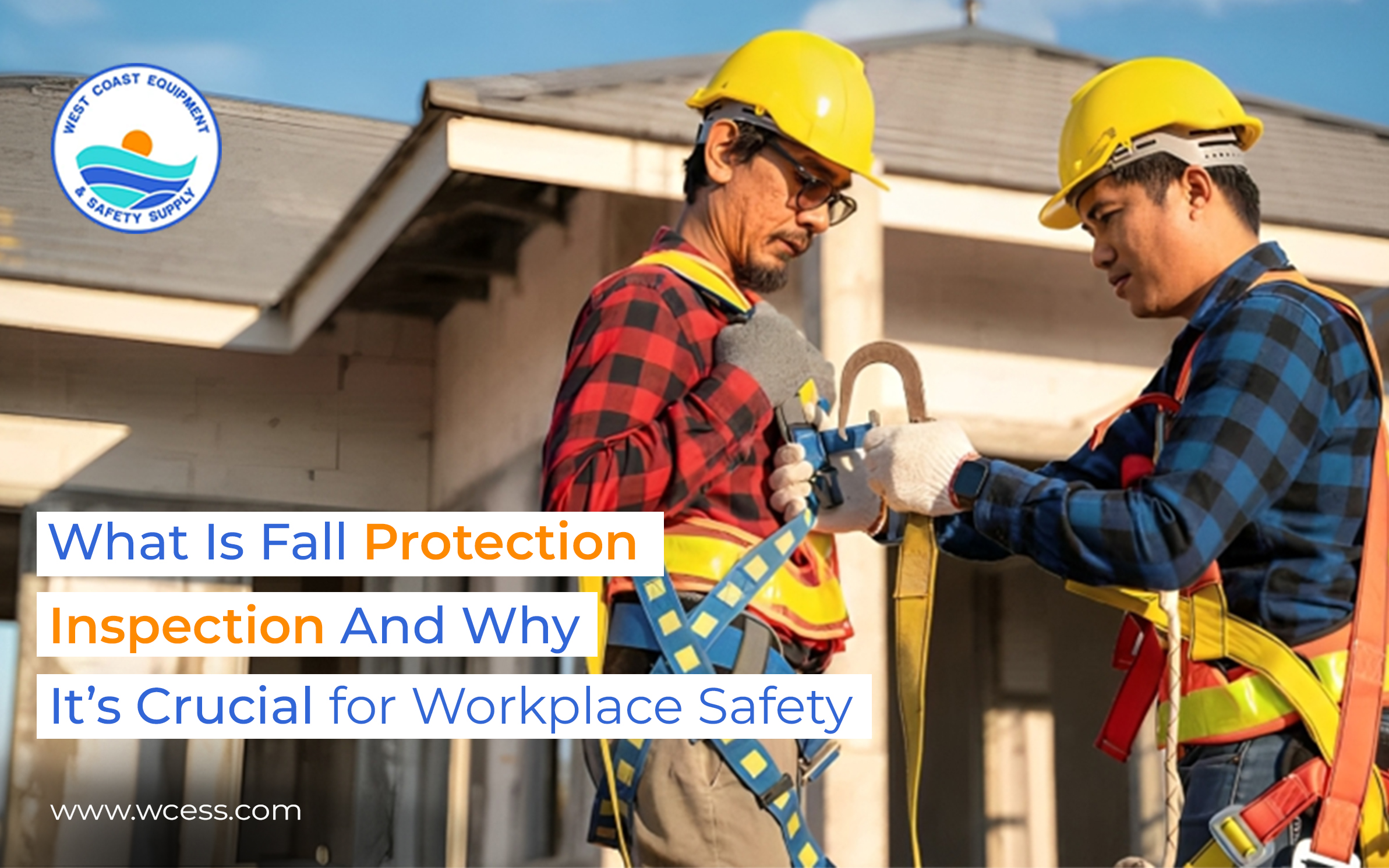Confined space entry training teaches workers to think quickly, remain calm, and respond effectively to hazards that are invisible yet deadly. It presents an opportunity to acquire essential skills, enhance existing ones, and transform the workplace into a safe working environment for all.
But what exactly is confined space entry training? Why is it so critical for worker safety? From prevention to boosting workplace safety confidence, here’s why confined space safety training is not only a legal and regulatory requirement, but also can mean the difference in emergencies.
Hazards in Confined Spaces
A confined space, while large enough for a worker to perform a task, is not designed for continuous occupancy. These spaces have restricted or limited access points for entry and exit. Some examples include storage tanks, maintenance holes, and soles, among others.
This safety framework isn’t about managing claustrophobia; it builds team coordination and prevents fatal mistakes. Without proper training, workers may not be able to recognize the early signs of hazards, such as:
- Atmospheric hazards such as low oxygen levels
- Physical hazards such as sharp objects
- Environmental hazards such as extreme temperatures
- Human factors such as panic in emergencies
It may seem innocuous, but the lack of knowledge and confidence to act and administer a response to hazards such as exposure to toxic gases or the possibility of an engulfment can be deadly. Here’s why this worker safety training is crucial.
Why Do Workers Need Training?
Also Read: What Is Safety Compliance Training and Why Every Workplace Needs It?
Safety First
It helps save lives. First and foremost, confined space safety training ensures that every worker understands the risks associated with working in a confined space. Being able to act means you can save a life.
From the outset, the training exercises instruct the worker on how to recognize signs of potential hazards. The trainees learn to take the appropriate safety measures. Awareness of possible dangers and risks is invaluable to both the organization and the workforce.
Transforms the Workspace
True confidence means every worker trusts that the tools, processes, and mechanisms for entering, working in, and exiting a confined space are accessible, beneficial, and effective. It’s about fostering an environment where workers feel safer amid the ever-present danger.
Workers learn how to use personal protective equipment (PPE) and apply the buddy system correctly. A comprehensive confined space safety training ensures that everyone is not only aware of the safety measures but also practices them correctly.
Emergency Preparedness
Knowing how to act in an emergency saves lives and property. Workers learn essential skills for developing a comprehensive Emergency Action Plan (EAP). It outlines how they prepare and respond to emergencies.
Even basic training makes all the difference in helping workers gain the confidence to remain calm in an emergency and find the resilience to do what needs to be done. It benefits individuals and those in need of assistance.
Regulatory Demands
OSHA (Occupational Safety and Health Administration) 29 CFR 1910.146, ISO standards, and other regulations require workplaces to comply with confined space entry training. It forces businesses to consider safety and care for everyone within the organization.
Staying compliant keeps businesses from incurring heavy fines and penalties. These laws help firms become the best versions of themselves while ensuring their workers return home safely at the end of each shift.
Final Word
When someone is in distress in a space with limited or restricted means of entry, every second counts. Confined space safety training is essential because it teaches workers how to respond calmly and appropriately in the event of an emergency.
At West Coast Equipment & Safety Supply, we offer a range of confined space safety training, professionally led and tailored to fit any work environment. Get in touch today to learn more!


